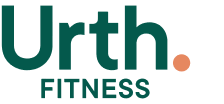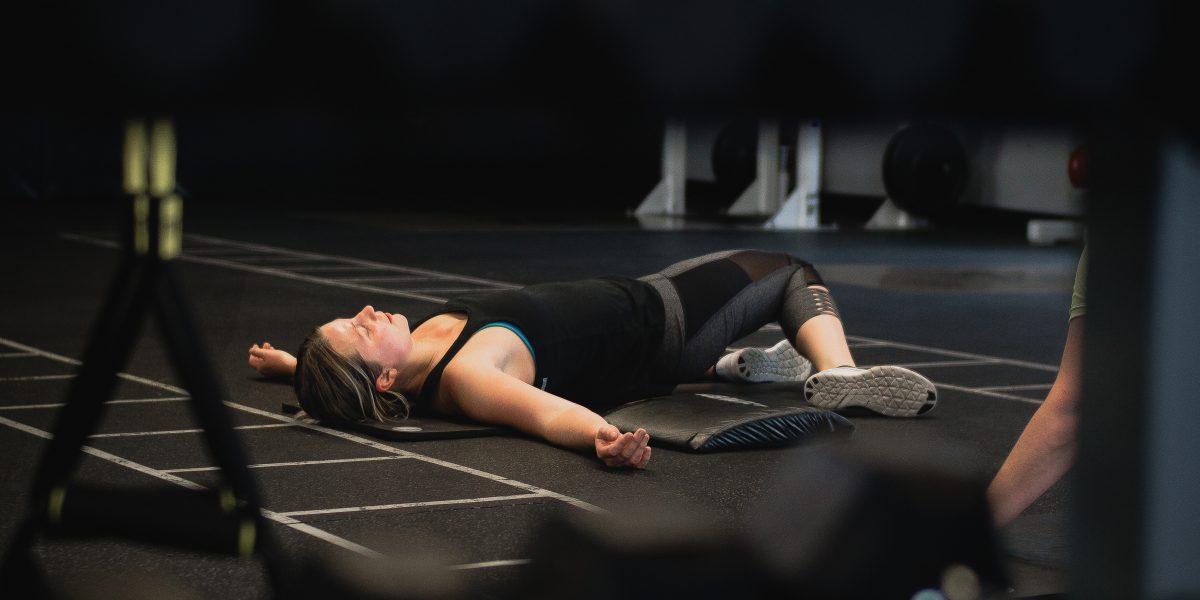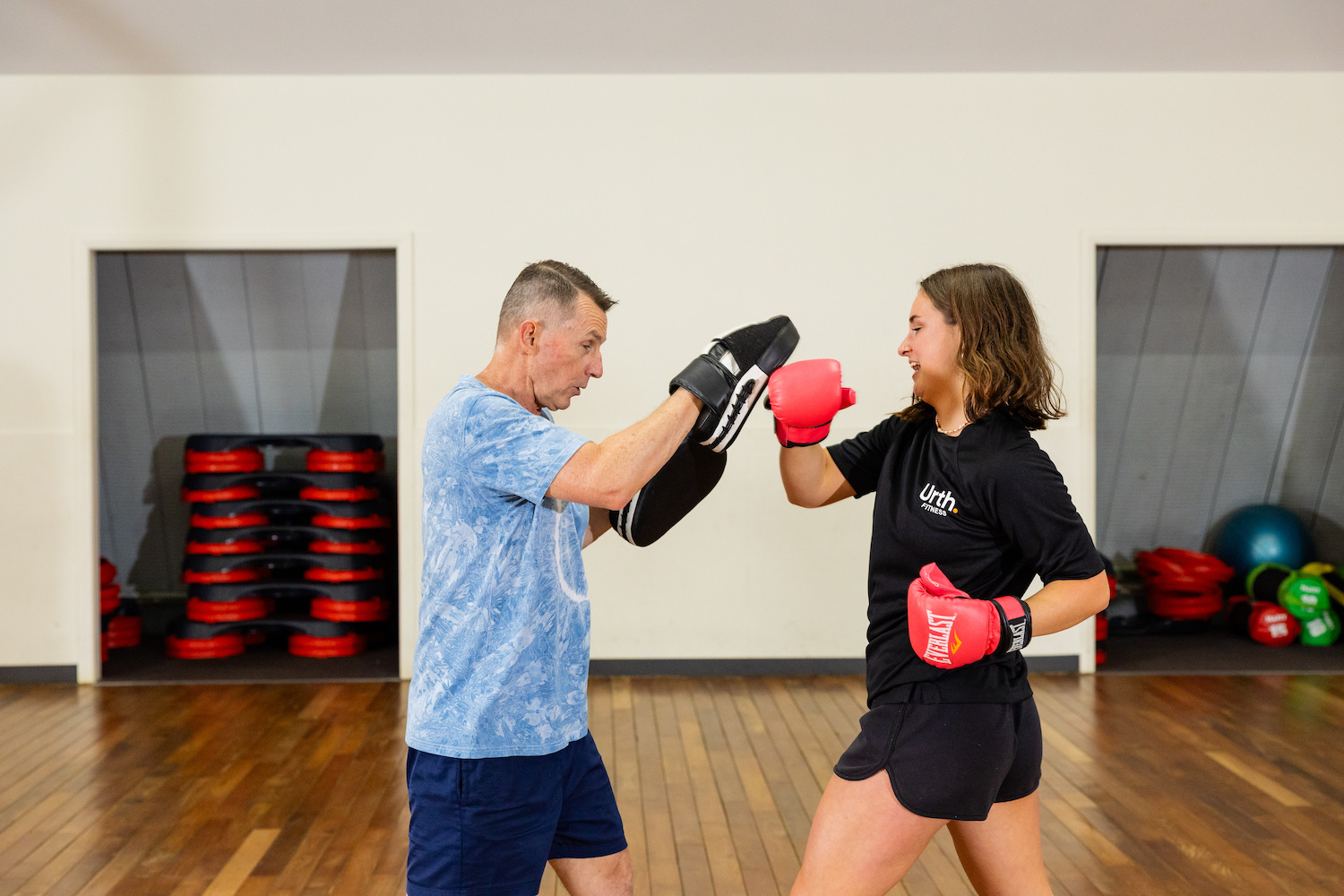There are lots of different trends when it comes to fitness training.
Whether you’re just starting out, or just want to try something new, it can be difficult to know what you should be making sure you focus on week in and week out for optimal health.
Never fear – that’s why we’re here…
Ideally, you should be trying to encompass four types of fitness to ensure overall health and fitness.
Here’s what these four types of fitness training are, how they benefit you, and what you can do to implement these into your exercise routines.
Aerobic Exercise
Aerobic exercise is exercise which speeds up your heart rate and breathing. It is activity that is designed to provide cardiovascular conditioning, and is important in order for your body to function optimally.
It’s exercise than you maintain for more than a few minutes, and is responsible for strengthening the muscles involved in respiration as well as the heart muscle. Aerobic exercise has long been associated with burning body fat, lowering blood pressure and blood sugar levels, as well as the release of endorphins to produce a mood-boosting effect.
Examples of aerobic fitness training include walking, running and swimming, as well as Body Attack classes.
Strength Fitness Training
Building strength and muscle mass has a lot of benefits.
Strengthening your muscles will make you stronger, stimulate bone growth, improve balance and posture, and reduces the risk of stress or injury to your body.
Lean muscle mass is metabolically active; the more muscle mass you have, the better your resting metabolic rate. This means you’re burning more calories on a daily basis than someone with less muscle – even when you’re sitting.
Strength training is primarily anaerobic training, if done in short bursts of high intensity. Anaerobic means ‘without oxygen’, because you’re training at such an intensity that your cardiovascular system can’t deliver oxygen to your muscles quickly enough.
Examples of strength training include doing weights, HIIT training and Powercamp as well as BodyPump classes (which is both aerobic and anaerobic). If you’ve not used the free weights before, we suggest working with a Personal Trainer. They will show you how to use them, as well as personalise a program for you to build lean muscle mass.
Flexibility Training
Flexibility training is often overlooked training type, but is essential in being able to perform everyday movements as well as athletic moves. It is usually done through stretching, in the form of both dynamic (active) stretching and static stretching. Dynamic stretching is about performing a series of moves that will allow you to perform better, and static stretching involves holding a position for a set period of time.
Building flexibility is essential in alleviating tight muscles as well as preventing injury.
Yoga, and pilates are great examples of fitness training that will build flexibility.
Balance Training
Another often forgotten but essential type of fitness training is balance training. Working on your balance will make you steadier on your feet and prevent falls. As we age, it is especially important. This is because many of our systems that help us maintain balance, such as our vision, our inner ear, and our leg muscles and joints all start breaking down.
Standing on one foot and alternating between the two such as when you bring your foot to your knee in the tree pose in yoga is a typical balance exercise. Building muscle is also key to maintaining balance. Look for exercises that develop your core and leg muscles.
Again, yoga and pilates are great ways to build your balance, as are weight-bearing exercises given to you by your personal trainer.
Get Started on Your Fitness Training at Urth Fitness
If you want to find out more about the different exercises and programs we offer at Urth Fitness, get in touch, or speak to a trainer at your local gym.





